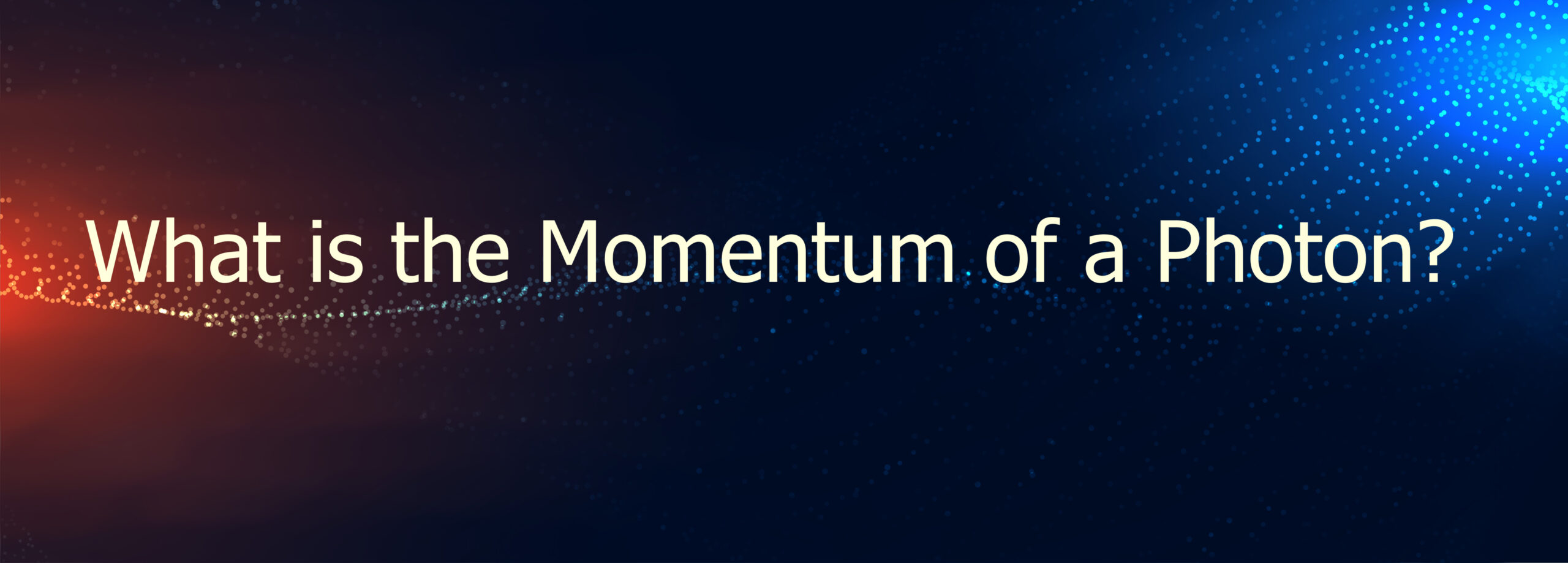
A young student I was tutoring some time ago asked me how a photon could have momentum when it doesn’t have any mass. That’s a good question!
Most beginning physics students are familiar with the momentum formula that looks like this:
But this doesn’t work with photons because for a photon, the rest mass m = 0. So what do we do? We start with energy and a famous equation given to us by Einstein.
E2 = p2c2 + m2c4
(This looks a little different from the shortened version in pop culture, doesn’t it?)
When we substitute in m=0, this shortens to:
E2 = p2c2 + 02c4
E2 = p2c2
so we can easily take the square root of both sides.
Before moving on, let’s define all of those variables. (Maybe we should’ve started with that. Oh, well. 🙂 )
- E – energy
- p – momentum
- c is the speed of light in vacuum, 3 × 108 [m/s]
- m is the rest mass. For a photon, m = 0 because photons are massless particles.
- f (or ν in some books) – frequency [Hz] or [cycles per second] – this is equal to c/λ because c = λf
- λ – wavelength [m] – this is equal to c/f because c = λf
- h – Planck’s constant = 6.626070 × 10-34 [J·s]
So now, with these definitions, we can now find the momentum of a photon in terms of the photon’s frequency or wavelength.
Remember that light acts both as a particle (photon) and as a wave. The energy of an electromagnetic wave is given by
Looking at the first part, we have
And our last variation involves the wavelength. Looking at the next part, we have
In summary, here is the momentum of a photon in terms of its energy, its frequency, and its wavelength:
